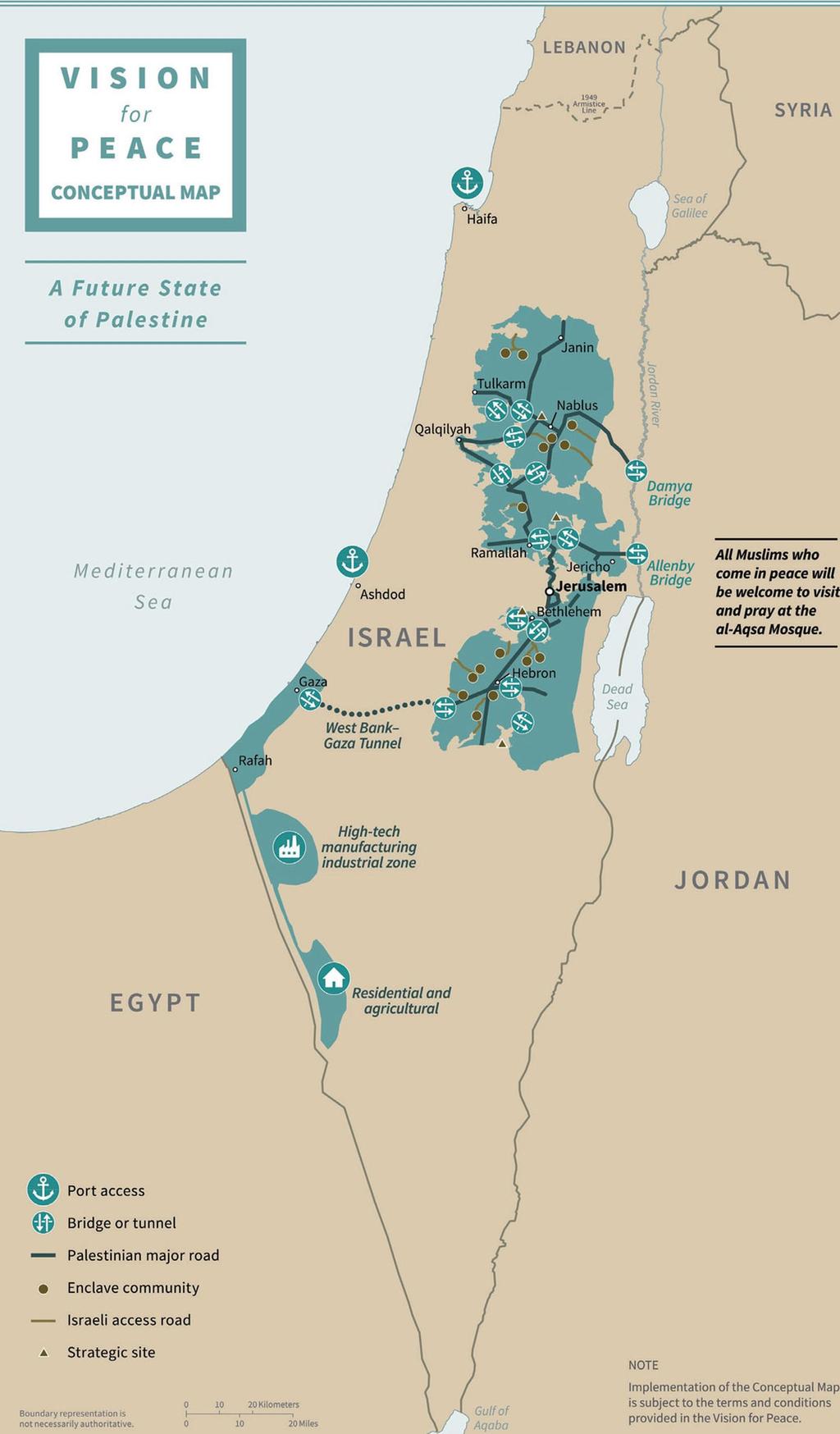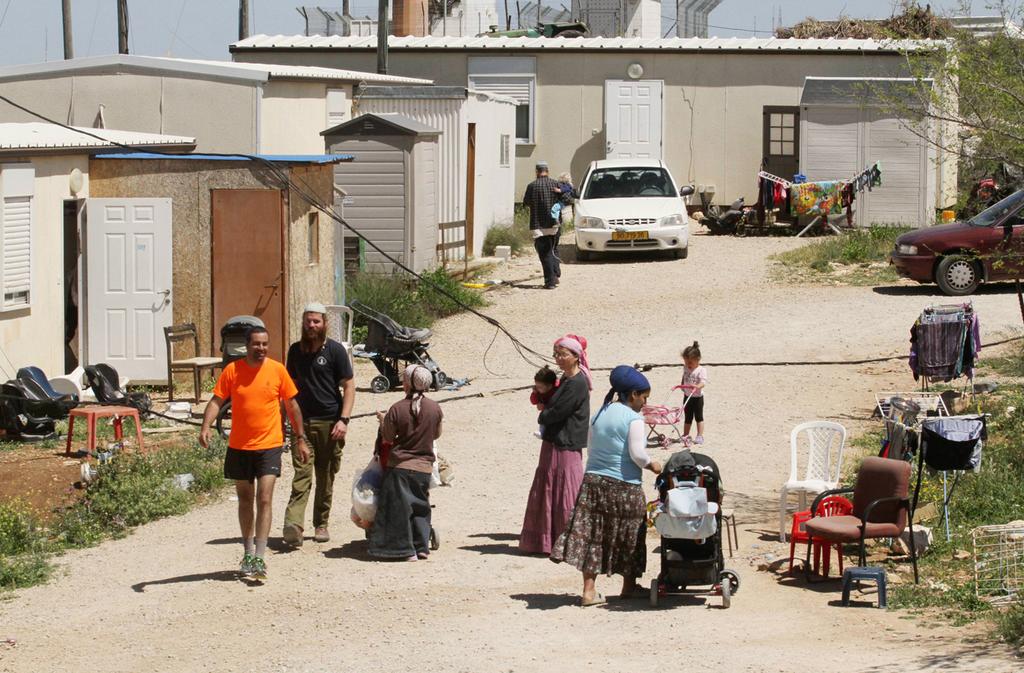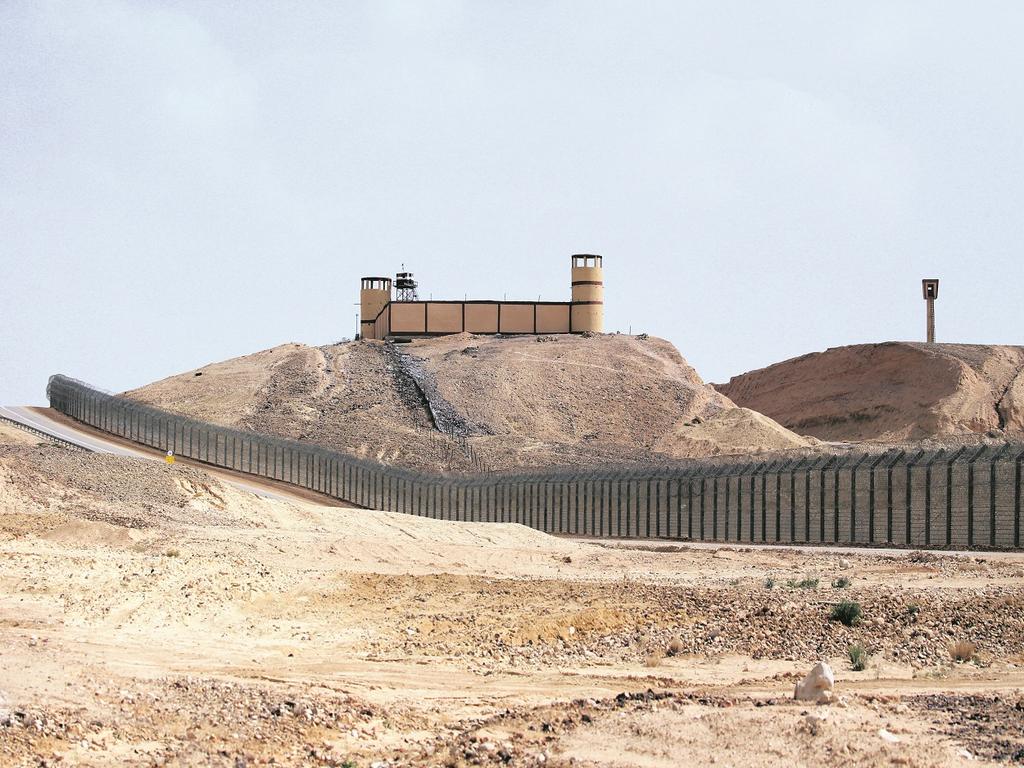Getting your Trinity Audio player ready...
Starting in January 2017 and for the next three years, U.S. President Donald Trump's Mideast peace team, led by Jared Kushner and Jason Greenblatt, put together what is known as the Trump peace plan or the "Deal of the Century".
The plan was revealed last month at a White House ceremony with Prime Minister Benjamin Netanyahu at Trump's side.
6 View gallery
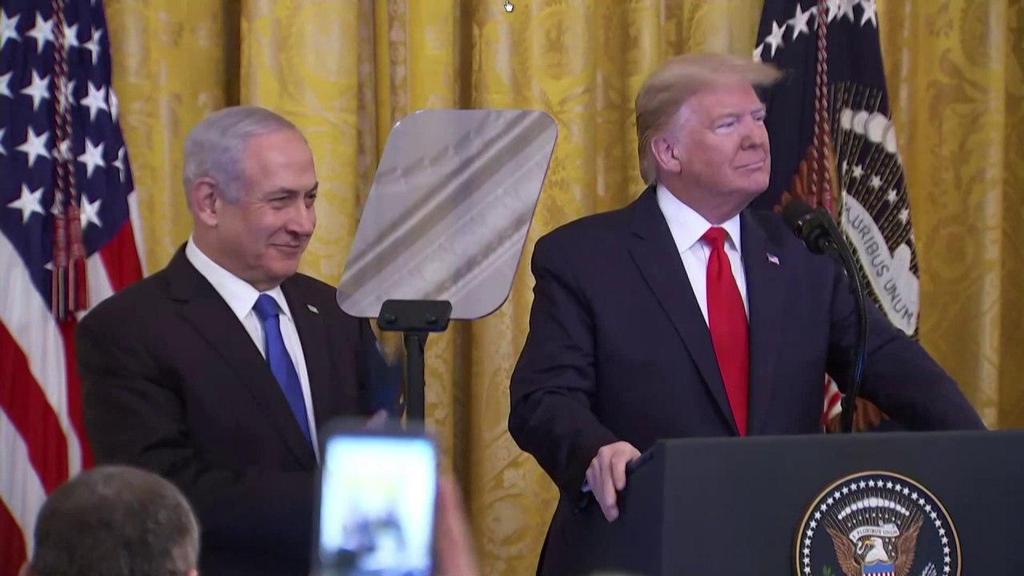

Prime Minister Benjamin Netanyahu watches as President Donald Trump unveils his peace plan
(Photo: Reuters)
The years of work concluded with a plan that has fundamental faults and omissions, raises many questions with the most outstanding being over borders, enclaves and land swaps.
A crucial element in the plan is the promise that no existing communities and people, Jewish or Arab, will be forced to relocate.
Leaving people in their homes was achieved by drawing winding and complicated borders that will ensure Jewish settlements remain under Israeli administration with a direct connection to the Green Line that marked Israel's 1966 borders before the outbreak of the Six-Day War.
The decision to draw up a map that will accommodate existing settlements throughout the West Bank, rather than what were previously defined as settlement blocs, creates a complex border line that will be difficult to secure.
According to the plan, 15 small to medium settlements - with several hundred residents in each and little more than 15,000 in total - will remain as islands in a future Palestinian state.
They cannot be physically connected to Israel, although the authors of the peace plan say they will be part of it, with roads facilitating their travel to and from Israel.
Will the border between Israel and the future Palestinian state include open passage with free movement of people, or will it have border crossing zone that will control the movement of people and goods?
If the borders remain open, what is there to stop Palestinians from crossing free of any supervision? And if closed, what will ensure there are no unsanctioned border crossings?
Is a 1,000-km fence to be built along all of the twists and turns in the proposed border? Will Israeli soldiers and police officers be tasked with protecting it?
The Jordan Valley will add 900 km of the border that will separate Israel from Jordan and Palestine. How will that border look?
In regard to land swaps, the proposed plan grants the Palestinians two areas in the Western Negev region totaling 590 km sq. Who will be charged with their defense? What will their borders be?
6 View gallery
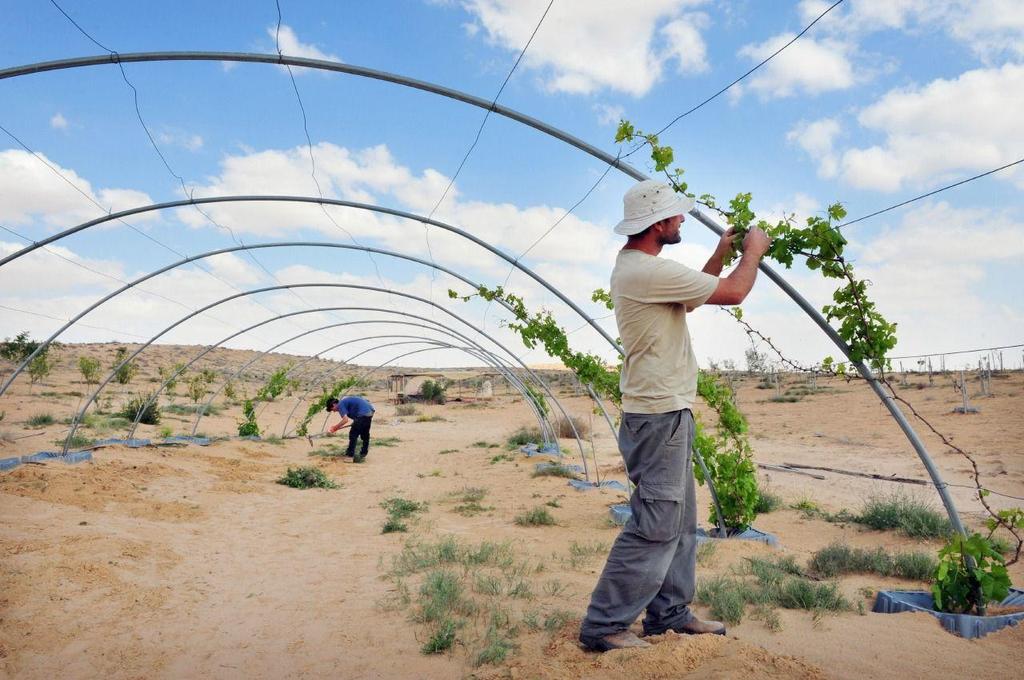

Farmers in the Negev region, where the Trump peace plan calls for a land swap with the Palestinians
(Photo: Moshav Be'er Milka)
According to the map attached to the peace plan, the Palestinian territory in Gaza will not border Egypt, and instead will be surrounded by Israeli land on all sides of their 212 km-long border.
Will Egypt agree to a narrow corridor between its border and Palestine? Who will ensure security there? Who will oversee movement across the border?
According to the plan, Palestinian-controlled areas will be smaller than the current West Bank territory of 5,878 km sq and will likely never reach the 4,970 km sq specified in the agreement.
They will comprise areas of the West Bank areas (4,200 km sq), the Negev desert (590 km sq), an additional area in the Judean Desert (180 km sq) and perhaps Israeli Arab communities that comprise 200 km sq of land.
The "Deal of the Century" specifies a tunnel built to connect the divided Palestinians areas. It will be 25 km wide and 42 km long. Perhaps the tunnel will be counted as part of the Palestinian state in order to minimize the disparity in territorial size.
These are only at the problems that stem from the peace plan in reference to the borders and enclaves specified, and not in terms of the strategic danger of annexation or the damage that will no doubt be done to the vision of Israel as both Jewish and democratic, or even safe and moral, with recognized legitimate borders.
The plan as it stands will cause irreparable harm to Israel's relations with both Jordan and Egypt. It will cause violence and terror – destroying the security cooperation with the Palestinian Authority and putting our friends and allies in opposition to Israel.
6 View gallery
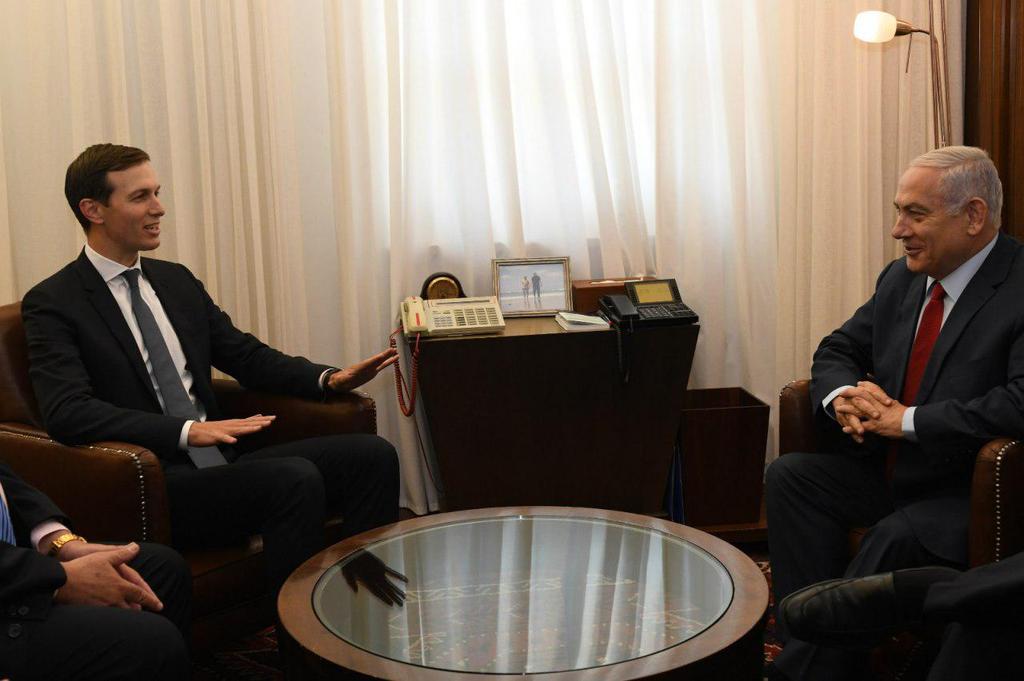

White House adviser Jared Kushner meeting with Prime Minister Bejamin Netanyahu in Jerusalem
(Photo: GPO)
A future agreement will not be based on this or any other proposed plan. It will be a political agreement between both sides.
Borders, like all other core issues, require serious consideration, preparation, and negotiation.
Israel should consider its security before it considers the location of any particular settlement in the West Bank.
It seems the authors of this plan did not have the benefit of advice from people who could guide them towards that goal.
Gieon Biger is professor emeritus at Tel Aviv University and an expert on international borders; Gilead Sher was the chief of staff for former prime minister Ehud Barak and served as a senior negotiator at the Camp David summit and the Taba talks


